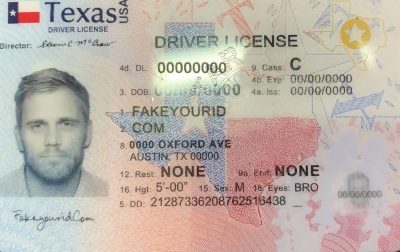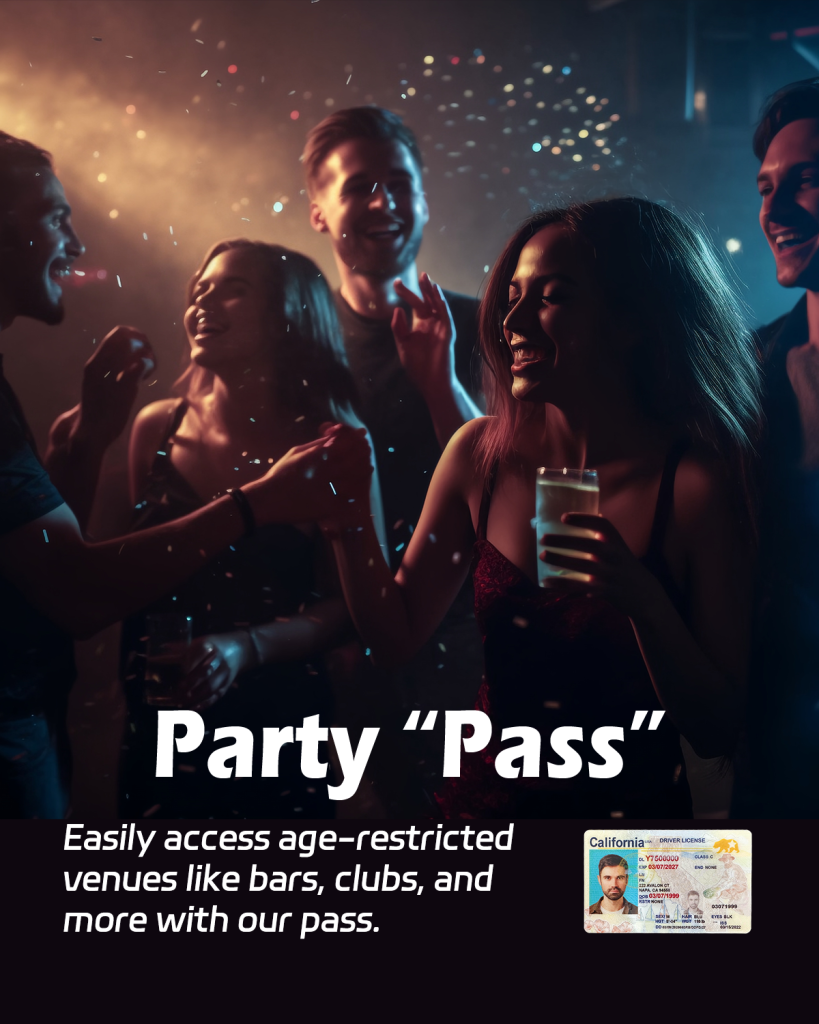Introduction
Security guards play a crucial role in maintaining order and ensuring safety in various settings. One of the tasks they often encounter is checking driver’s licenses to determine their authenticity. With the increasing sophistication of counterfeiting techniques, it’s essential for security guards to be well – versed in the methods of detecting fake driver’s licenses.
Visual Inspection
The first step in the verification process is a visual inspection. Security guards start by looking at the overall appearance of the license. Genuine driver’s licenses are usually made from high – quality materials. The paper or plastic should feel sturdy and have a certain texture. A fake license might feel flimsy or have an unusual texture.
Another aspect of visual inspection is the color and printing quality. Authentic licenses have sharp, clear printing with consistent colors. There should be no blurring or smudging of text or images. The colors should be vibrant and match the official color scheme of the issuing state or country. For example, the background colors, text colors, and the colors used in any logos or emblems on the license should be correct. Fake licenses may have faded colors, poor color matching, or low – quality printing that looks pixelated or uneven.

The photo on the license is also a key element to examine. In a real license, the photo should be well – integrated into the card. It should not look like it has been pasted on or has a different texture than the rest of the license. The photo should be clear, with proper lighting and focus, and match the physical appearance of the person presenting the license. Fake photos may be of low resolution, have a different skin tone than the person, or appear to be a poor cut – out and pasted onto the license.
Security Features
Most modern driver’s licenses come with a variety of security features that are difficult to replicate. One common security feature is the hologram. Holograms on real licenses are three – dimensional and change appearance when viewed from different angles. They may contain the state seal, the license number, or other identifying information. A fake hologram might be flat, have a poor image quality, or not change appearance as expected.
Microprinting is another important security feature. Microprinting consists of tiny text that is only visible under magnification. This text is often found around the edges of the license or in specific areas such as the photo border. Genuine microprinting is extremely detailed and clear when magnified. Fake licenses may lack microprinting altogether or have microprinting that is blurry or incorrect.

UV – reactive inks are also used in many driver’s licenses. Under a UV light, certain elements of the license, such as text, images, or security features, will glow or change color. Security guards can use a UV flashlight to check for these UV – reactive inks. If a license does not exhibit the expected UV – reactive properties, it could be a sign of a fake.
Data Verification
In addition to visual and security – feature checks, security guards may also verify the data on the license. They can cross – check the information on the license, such as the name, date of birth, address, and license number, with other reliable sources. For example, in some security – sensitive areas, there may be access to databases that can quickly verify the authenticity of a driver’s license. This can involve entering the license number into a computer system and checking if the details match the records on file.
Security guards can also ask the person presenting the license to provide additional forms of identification. This could be a passport, a social security card, or another government – issued ID. By cross – referencing the information on these different IDs, they can get a more comprehensive picture of the person’s identity and the authenticity of the driver’s license.
Common Problems and Solutions
- Problem: Poor – quality visual inspection
Some security guards may not be well – trained in conducting a thorough visual inspection. They may miss subtle differences in the texture, color, or printing quality of the license.
Solution: Provide comprehensive training on visual inspection techniques. This training should include hands – on practice with genuine and fake licenses to familiarize security guards with the differences. Regular refresher courses can also help keep their skills sharp.
- Problem: Lack of knowledge about security features
Security guards may not be aware of all the latest security features on driver’s licenses. As counterfeiters become more sophisticated, new security features are constantly being introduced, and guards may not be updated.
Solution: Keep security guards informed about the latest security features through regular industry updates and training programs. Provide them with access to resources such as brochures or online guides that detail the security features of different state and country driver’s licenses.
- Problem: Inability to access data verification systems
In some locations, security guards may not have access to reliable data verification systems. This can make it difficult for them to confirm the authenticity of a license based on the data on it.
Solution: Ensure that security guards in relevant locations have access to up – to – date and reliable data verification systems. This may involve investing in the necessary technology and software and providing training on how to use these systems effectively.
- Problem: Difficulty in dealing with confrontational individuals
When a security guard suspects a license is fake, the person presenting it may become confrontational. This can create a tense situation and make it difficult for the guard to complete the verification process.
Solution: Train security guards in conflict – resolution techniques. They should be able to handle confrontational situations calmly and professionally. This includes knowing how to communicate effectively, de – escalate the situation, and, if necessary, involve law enforcement.
- Problem: False positives
Sometimes, security guards may incorrectly identify a genuine license as fake due to a lack of knowledge or a misinterpretation of a security feature.
Solution: Provide security guards with a second – opinion process. If they are unsure about a license’s authenticity, they should be able to consult with a more experienced colleague or supervisor. Additionally, ongoing training can help reduce the occurrence of false positives by improving their knowledge and skills.
Fake ID Pricing
unit price: $109
| Order Quantity | Price Per Card |
|---|---|
| 2-3 | $89 |
| 4-9 | $69 |
| 10+ | $66 |



